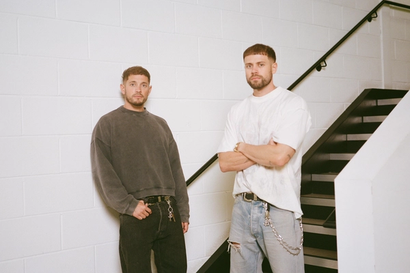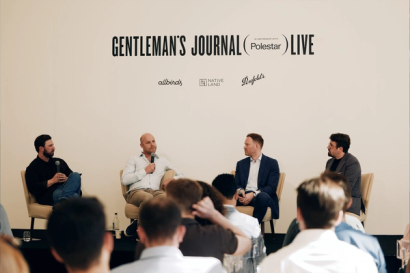
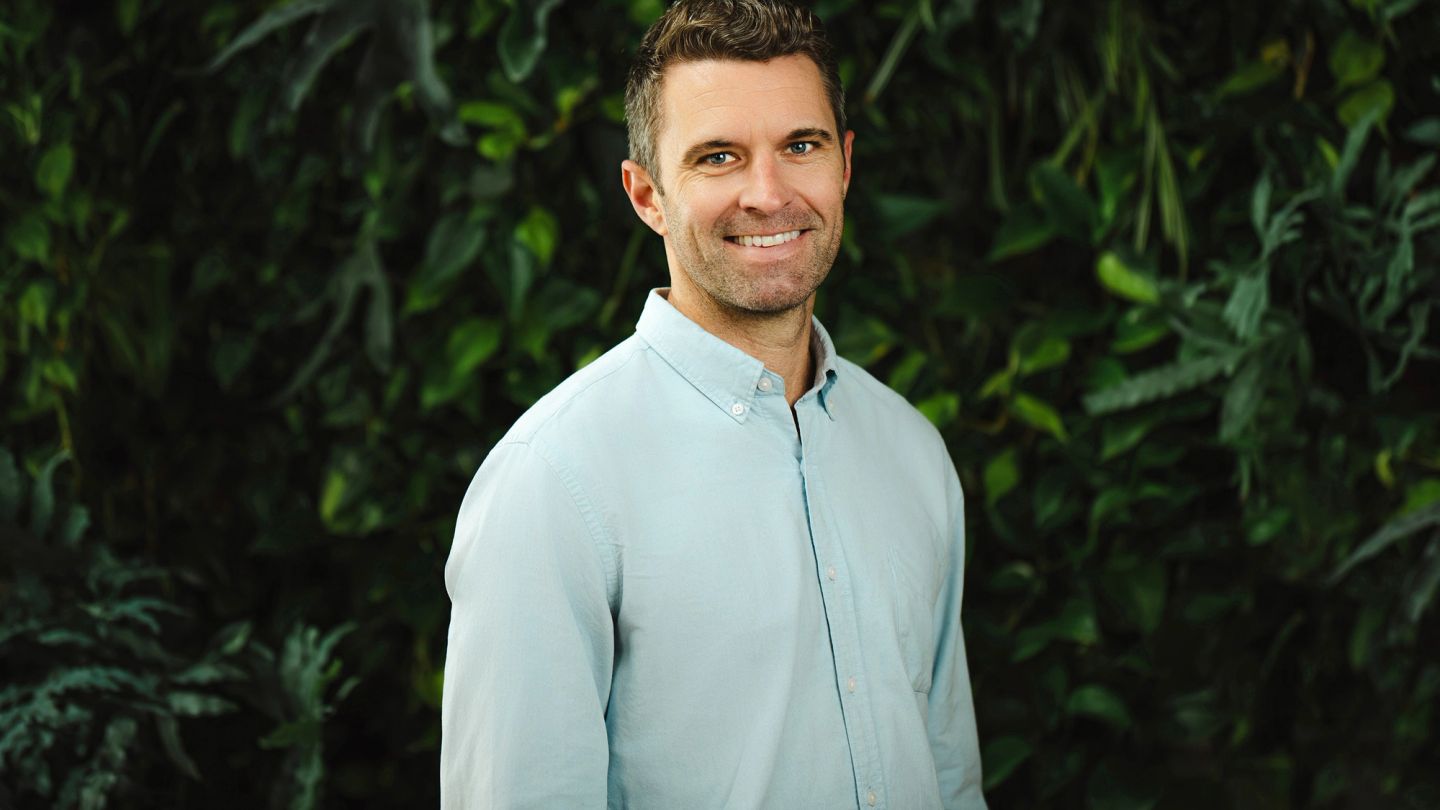
Allbirds founder Tim Brown has things all laced up
The proud New Zealander, former footballer and footwear disruptor talks simplicity, sustainability and style…
- Words: Jonathan Wells
Tim Brown has always been a team player. As a teenager growing up in New Zealand, he was spotted early on — a deft-footed midfielder signed to Miramar Rangers, one of the country’s most decorated football clubs. From there came the call-ups and the boarding passes: a stint in Virginia, another in New South Wales, a steady climb through the footballing ranks. When he returned home, Brown was made vice-captain of Wellington Phoenix FC, and even, on occasion, captained the national side — the ‘All Whites’.
But when the final whistle blew on his professional career, Brown’s instinct for collaboration — for shared ambition and success — refused to fade. About a decade ago, through a fortunate crossing of paths, he met Joey Zwillinger, a Californian engineer with a passion for environmental issues. The pair hit it off, and before long founded Allbirds: a footwear company built on sustainability, simplicity and a touch of Kiwi understatement.
Today, Zooming in from his native New Zealand, Brown is quietly reflecting on how his early sporting years — during which he learned the value of trust, clarity and collective effort — shaped the brand. In football, he says, everyone knows their roles and responsibilities; the lines are painted clearly. In business, things are less defined — though the core principle remains the same. You can only win as a team.
“Although,” admits Brown, “it can be a little murkier in the business world. If you don’t know who’s making a call, that can be a source of frustration. Sport is easier, as it’s usually a group of just 15 to 20 people — scaling that into a company is hard.”
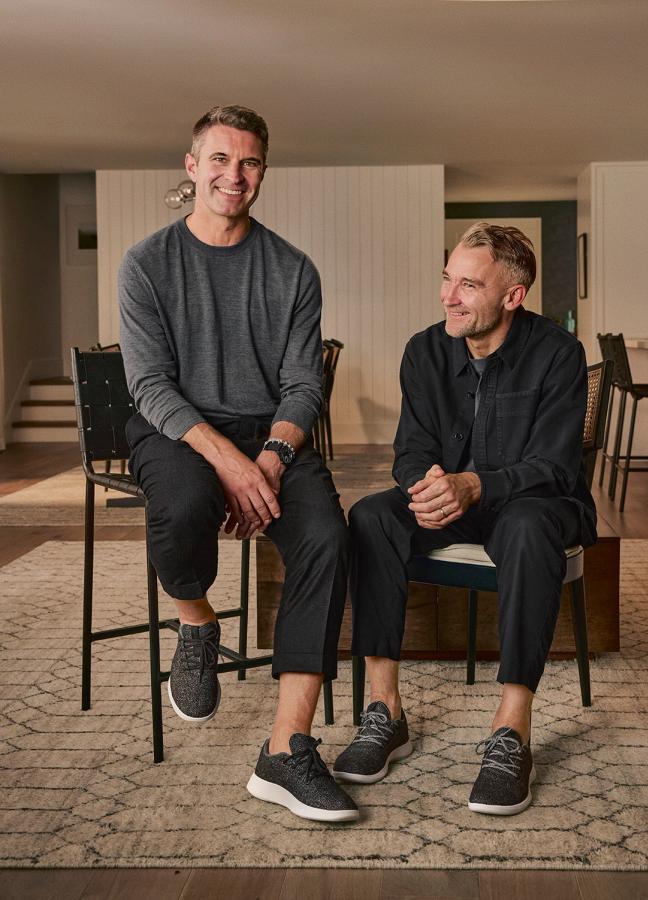
Tim Brown and Joey Zwillinger
Brown’s athletic career also put him in close proximity of the modern sportswear world. Sponsored by a certain swoosh-clad colossus, he experienced first-hand many of the industry’s problems. “The shoes were over-designed, over-logoed. There was a gap in the market for simple. But it turns out simple is really, really hard. Comfort, too, is maybe the number one reason people buy shoes, but that’s often equated with ugliness.”
The solution came naturally — in every sense of the word. “As I’m from the land of sheep, I saw there was an opportunity that had been overlooked in wool,” he explains. Wool, after all, is stitched into the story of New Zealand itself. Brown recalls woollen school uniforms, and has never forgotten a magazine article he read in his Wellington apartment two decades ago — a piece on the nation’s fading wool industry.
“But, lo and behold, there’s been a growing awakening to the dangers of plastic,” says Brown. “People are saying ‘enough’ and pivoting back to nature. And, if unlocked and engineered in the right way, nature can deliver better product experiences. Wool, for instance, wicks away moisture, it regulates temperature. It’s a miracle fibre.”
The narrative appeal, too, is not lost on Brown. He concedes that “it would have been good for the story” had he grown up on a sheep farm, but simply being a New Zealander suffices. After all, he says that his country’s two most famous exports are the All Blacks — and sheep. “And wool is now a huge part of the luxury market, increasingly important to men’s fashion and activewear — despite doing a frankly horrible job of marketing itself. But there’s a wool comeback underway. No-one’s out there cheering for plastic.”

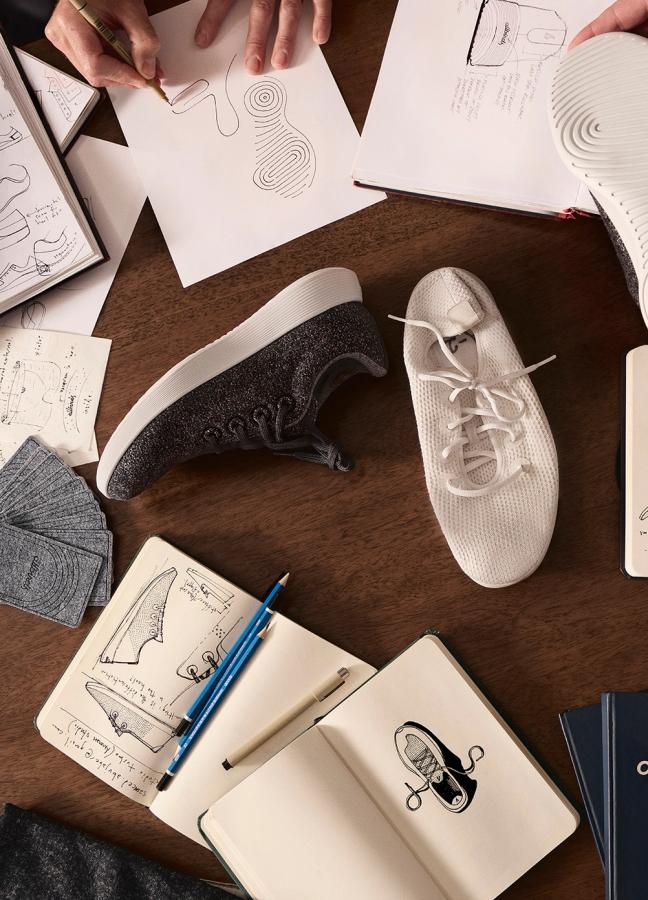
The name “Allbirds” nods to New Zealand’s curious scarcity of land mammals — but it feels entirely apt, given how effortlessly the shoes seem to take flight. Wide toe boxes, flexible soles and minimal seams lend the designs an incredibly ergonomic quality. Yet function never wholly pulls focus from style; minimalism reigns. “I’m always taking logos off stuff,” laughs Brown, “and unstitching things. We’ve always called our design approach: ‘the right amount of nothing’.”
Brown arrived at this design philosophy in the US, while studying at the University of Cincinnati College of Design — “a very austere, Bauhaus-inspired school.” And, after being signed professionally, he spent team travel days sketching shoe designs on long-haul flights. Design, he says, has always been in his DNA. “But design with a lowercase ‘d’,” he adds.
"There’s a wool comeback underway. No-one’s out there cheering for plastic…"
Brown and Zwillinger nurtured this natural aptitude by tapping into their team mentality, and assembling a squad of expert designers and collaborators. Suppliers, too — for materials including sugarcane-derived SweetFoam™ and eucalyptus fibre. In 2016, the Wool Runner made its debut, swiftly followed by brand pillars such as the Tree Glider and Wool Strider. Heads were turned; feet converted. Barack Obama sported a pair courtside at a Duke basketball game. Matthew McConaughey stepped out in another. DiCaprio followed suit, eventually joining Allbirds as an investor in 2018. Even New Zealand’s then-Prime Minister, Jacinta Ardern, counted herself a fan.
“But, for me,” says Brown, “it’s when you walk past someone wearing them in an airport, or on the street. That’s when I get a feeling of real pride, but also when I think: could they be better? That feeling doesn’t go away. Just this morning, I was out for a run, and saw a mum with her daughter. She was wearing the Dashes. I wanted to stop and ask her about them — but you can’t. That’s a very entrepreneurial thing, constantly thinking about how something can be tweaked or tuned. For anyone contemplating building a business, know that: it’s part of the package — that constant sense of searching, striving, worrying.”

In May 2023, Brown “stepped away from the coal face,” transitioning from co-chief executive to chief innovation officer. It was yet another forward-looking, future-facing chapter in Allbirds’ ever-evolving story — a company that never wavered from its founding promise of authenticity and natural simplicity. But as the brand grows and grows, the question remains: how can Brown possibly preserve that start-up spirit?
“Well that’s the billion dollar question!” he laughs (Allbirds, coincidentally, turned over $189 million last year). “Hire people that know what they’re doing. Put systems and processes in place. Define roles and responsibilities and never lose the fighting spirit that got you there in the first place. We’re at a really interesting moment — just out of our 10-year anniversary — grabbing and grasping onto what we stand for with the maturity that comes with a decade of being in business. It’s a real privilege to see it evolving in the way that it is.”
Brown attributes much of Allbirds’ success to its unconventional beginnings. The company emerged from curiosity rather than a rigid strategy plan. It wasn’t born from a business book — “although I’ve subsequently read a lot of them,” Brown asides. On his nightstand you’ll find Setting the Table by Shake Shack’s Danny Meyer, Team of Rivals by Doris Kearns Goodwin, the true story of how Abraham Lincoln assembled a cabinet from his fiercest critics. “And Shoe Dog, of course,” he adds, “for the longevity and courage and time it takes to build something people often overlook given the recency bias around success.”
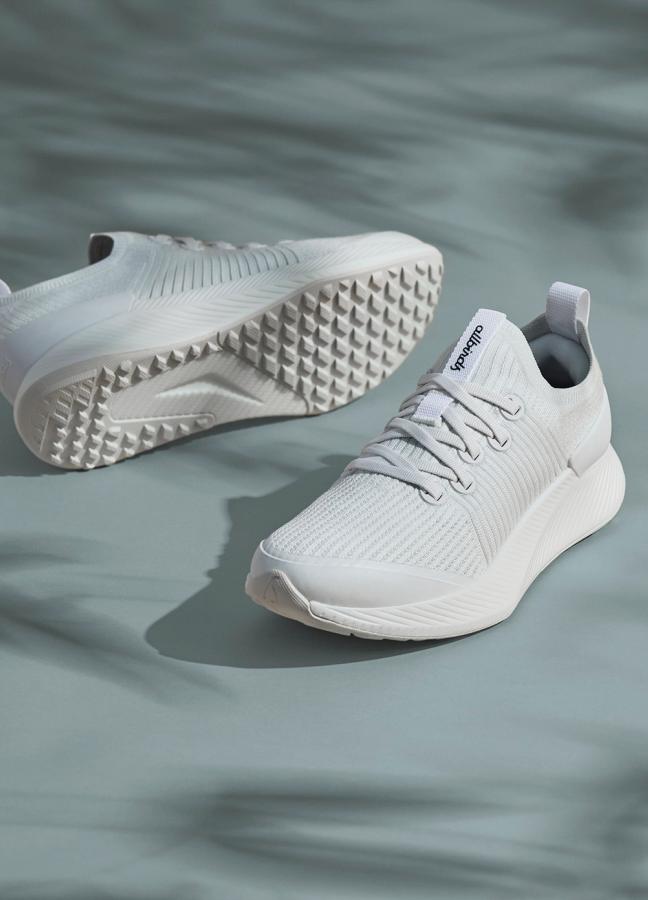
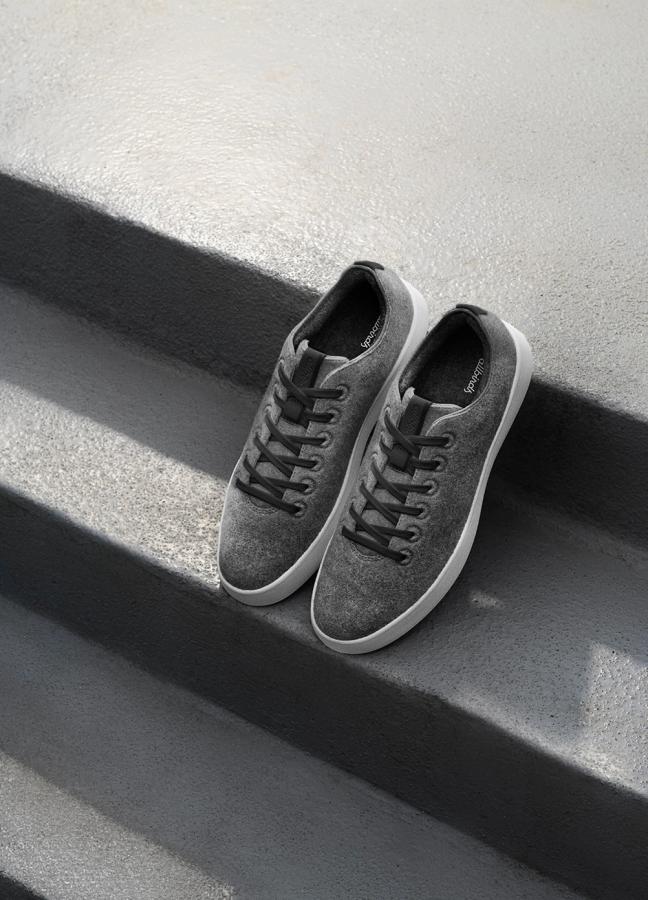
Brown’s position is an enviable one — not mid-fielder, but successful brand founder — carrying hard-learnt lessons and the gift of hindsight (not to mention those indispensable paperbacks). So, although Allbirds does anything but, let’s cut the woolly stuff and ask Brown straight: how did he get things so well laced-up? And what teachings would he lay down for today’s budding entrepreneurs?
“Don’t go searching for a problem,” he says. “Listen to what you feel, believe and actually want to do. You have to be incredibly honest about whether you can and want to do something. The best people are really good at one or two things, but there’s a whole bunch they can’t do. So find a co-founder and, ultimately, a team and service providers. You can’t do it all alone. This game is hard, and it takes a really interesting blend of confidence, stubbornness, incredibly humility and self-awareness to win it.”
Want more design insights? Samuel Ross talks counterculture, class consciousness and creative collaboration...
Become a Gentleman’s Journal member. Find out more here.
